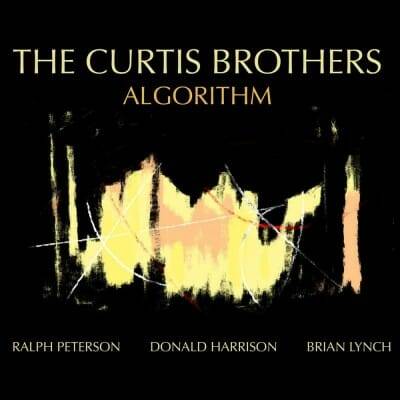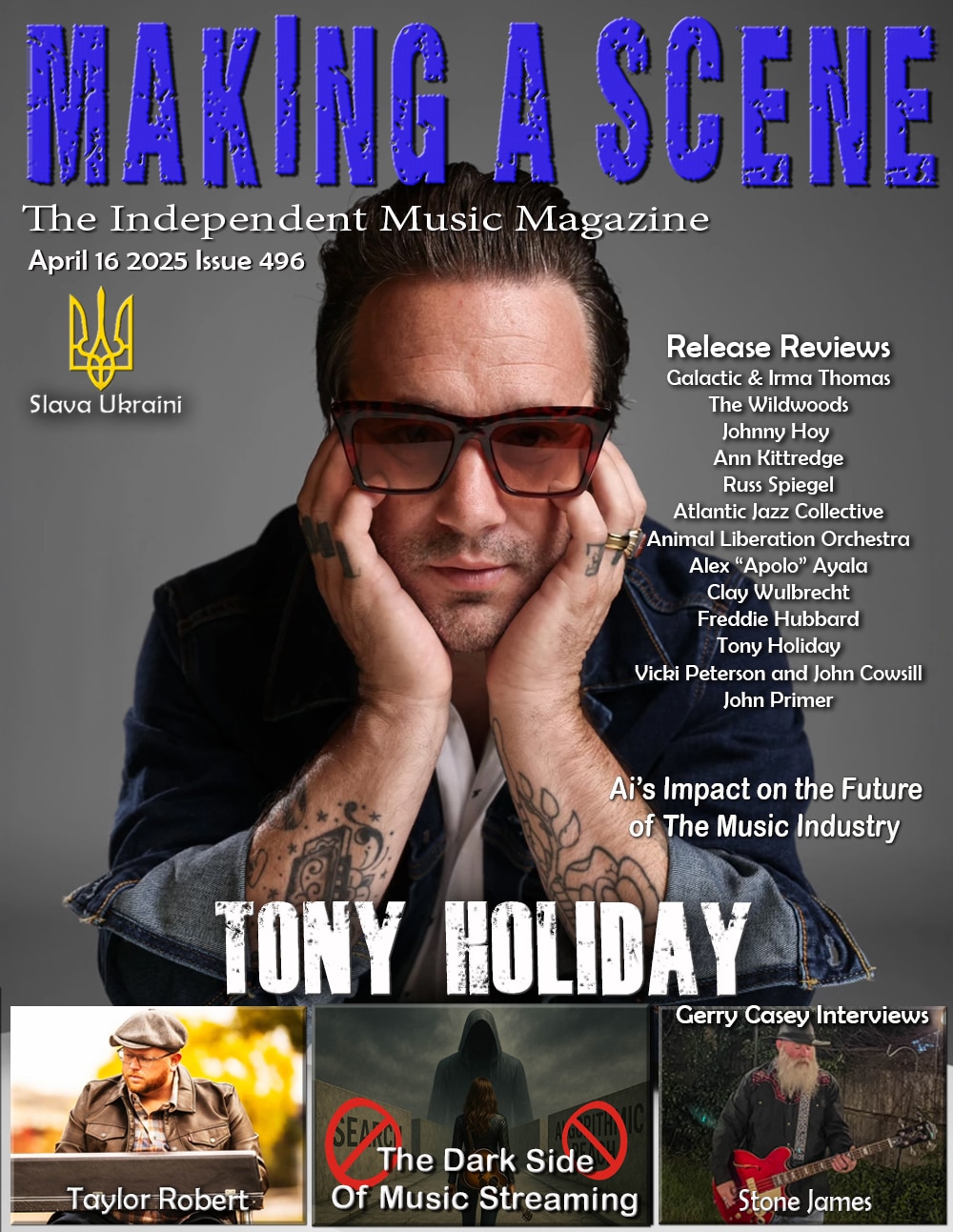The Curtis Brothers Algorithm

The Curtis Brothers
Algorithm
Truth Revolution
You will find several common elements between The Curtis Brothers’ Algorithm and the excellent hard bop disc, the recently issued Ralph Peterson & The Messenger Legacy’s Legacy Alive Volume 6 At The Side Door. Both were recorded at the Side Door Jazz Club in Old Lyme, CT. Both feature drummer Ralph Peterson and trumpeter Brian Lynch. And, importantly, both owe much to Art Blakey. This quintet on Algorithm is comprised of pianist, leader, and composer Zaccai Curtis, who played with Peterson’s Messenger Legacy at this year’s Newport Jazz Festival. His co-leading bassist brother Luques Curtis is joined by Blakey alumnus, the great saxophonist Donald Harrison, to round out this stellar quintet.
This is a concept album where each member can be heard distinctly, and each has plenty to say. The nine originals are described in the liners as chapters – each titled after a mathematical concept or term, excepting the chapters that serve to honor The Curtis Brothers’ mentors, specifically Lynch, Harrison, and Peterson. Some may consider this the sequel to The Curtis Brothers’ 2012 debut, Completion of Proof but the idea here is to fuse mathematical ideas with the soul, all done in the spirit of Art Blakey and his “Jazz Messengers.” To be fair, these compositions on Algorithm are more complex than those on the Peterson & The Messenger Legacy album and while there are more shifting tempos, it comes across as less fiery but more expansive.
The first chapter, “Three Points and a Sphere,” addressed the Curtis Brother’s growing up in Hartford, CT., paying homage to Jackie and Dollie McLean’s contributions, most notably The Artists Collective, Inc., one of several schools the brothers attended in their youth. Chapter Two, “Phi” is a nod to the golden ratio as Zaccai incorporates a New Orleans rhythm and bases the tune on pianist Ahmad Jamal’s interpretation of “Poinciana.” The third chapter, titled “Chief” is a showcase for their earliest mentor, Donald Harrison, who takes a free wheeling excursion as he “narrates” the story.
Chapter Four, named “Parametric” melds Afro-Cuban rhythms with a strong focus on syncopation and bebop influences. Chapter Five, called “Torus” is about an object that conceptually offers interesting ideas, when its mathematics are addressed by the arts. It begins as a ballad, moves into some mid-tempo sequences when Lynch and Harrison join, and features quite a dialogue between the two brothers. In these mathematical chapters, there is a mix of ensemble playing and solos, usually from each member but in Chapter Six, titled “The Professor,” it’s Brian Lynch’s turn to demonstrate why he is one of the most explosive trumpeters in jazz today. At times, he seems capable of blowing the roof off the club.
Zaccai Curtis comments on Chapter Seven, saying it serves as a sequel to “manifest Destiny” from their debut. They use a concept learned from Art Blakey’s Jazz Messengers, where Reggie Workman’s non-walking bass line was combined with Blakey’s swing, to create a counterbalance. Ralph Peterson, especially prominent in this piece, has mastered this sound, heard many times in the album. They named the tune “Undefined.”
Chapter Eight, titles “Staircase of Mount Meru,” is one of the most straight-ahead hard bop pieces but it has some very tricky syncopated rhythm sections mid-piece. Curtis is paying tribute to Indian mathematician Pingala, for being the earliest source of reference for what is commonly known as “Pascal’s Triangle.” Chapter Nine, called “Sensei” squarely puts Peterson in the spotlight.
Give credit to the Curtis Brothers who give plenty of room to their bandmates and especially to Zaccai for composing the moving and exciting music. Reading the notes one might at first think that the approach is very esoteric and cerebral but the music swings! It’s a deep dive into jazz communication in terms of the interaction between the horns and rhythm section. When we use terms like “narrative,’ “conversation,” and “dialogue” to describe these interactions, it’s appropriate. Listen and you can envision them that way.
Look for the names of Peterson, Lynch, Harrison and The Curtis Brothers. it’s worth investigating any project they are involved in.
- Jim Hynes
Discover more from Making A Scene!
Subscribe to get the latest posts sent to your email.













































